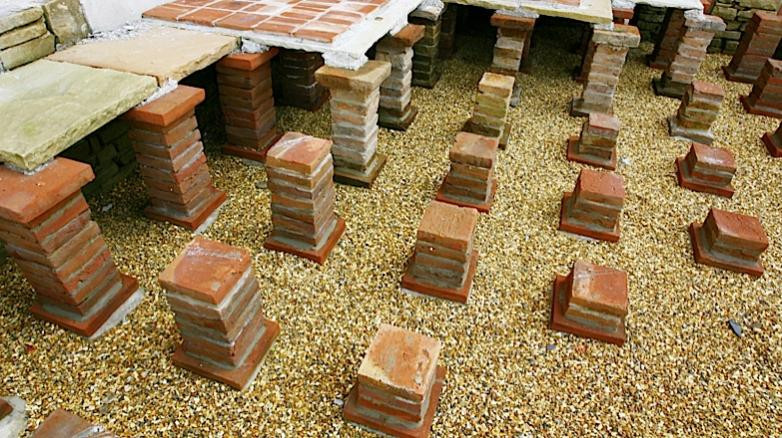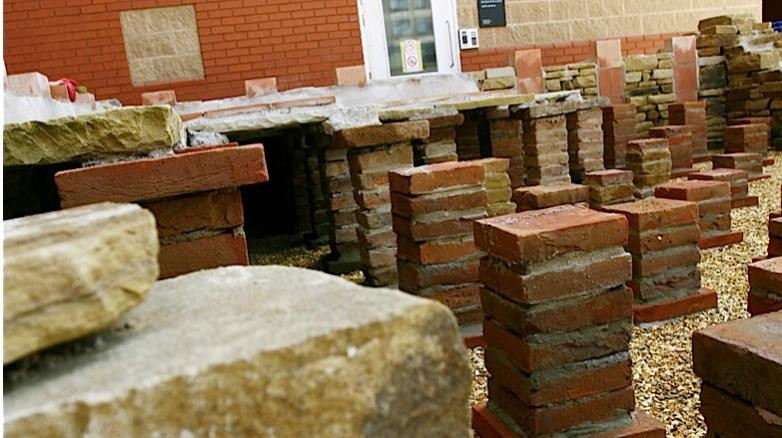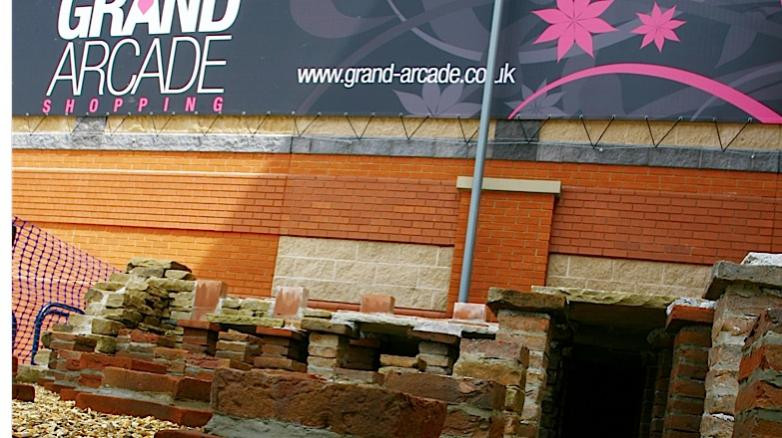The discovery of a Roman bathhouse under a £120 million retail development in Wigan was a great find for the historians — and a fascinating restoration project for Maysand.
The ‘hypocaust’, an underfloor heating system, was unearthed during excavations for the town’s Grand Arcade and is thought to have been part of a substantial bathhouse built by the Roman army.
The system would have heated the bathhouse’s rooms, by hot air from furnaces under the floor channelled up through hollow tiles set into the walls. The floor was supported by stacks of tiles called ‘pilae’ creating an underfloor cavity.
“Ian Miller, archaeologist with Oxford Archaeology North, says ‘It was a fanatastic find because it shows that Wigan was a Roman settlement of some importance, and it’s allowed us to re-assess the nature of the town during this period, which had previously been something of an mystery.
“We had anticipated finding some medieval remains at the site, but to discover a well-preserved Roman bath house was way beyond everyone’s expectations. It’s one of the most important archaeological discoveries in the North West this century!”
It was whilst working in the evaluation trenches prior to the development starting that Ian found the first clue: a Roman hearth. And as the full extent of the hypocaust was revealed, Ian produced detailed drawings and plans before everything was removed for safekeeping.
Maysand used these plans to restore the hypocaust to as near the original as possible. “Every stone and tile which could be salvaged was saved,” says Maysand’s Mick Fowles.
“Our job then was to source additional material to match the originals; commission new, hand made tiles and find a quarry that could offer an acceptable stone for the job. That done, we rebuilt the hypocaust using natural lime mortars.”
Andrew Duffy, project manager for developer Modus, says that the company had planned to set up display cases of artefacts from the site: “But the hypocaust was such a big find, we decided to restore it completely, using all the salvaged pieces, so that it becomes a feature of Wigan and a tangible piece of its history. For that we needed expert help from Maysand.”
Mick Fowles adds: “It’s an incredibly exciting project to be involved in. Whilst we were examining the Roman tiles we found finger prints — a thumbprint on one side and fingerprints underneath — probably from the time the tile was being made. We even found cat paw prints too! To see that kind of real life evidence in something so old was amazing.”



